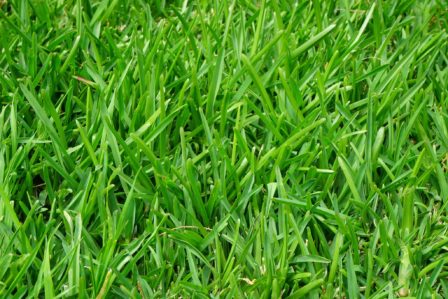As the temperatures continue to fall, daylight hours get shorter, and the final leaves begin to fall off the trees. One might think this marks the end to another season in the landscape. In one aspect, this is correct; the growing season is over. But, there is still much you should do to the landscape to prepare it for the stresses of Winter. Here’s 4 Winter landscaping tips from a pro.
Winter Landscaping Tip #1 – Dormant Season Pruning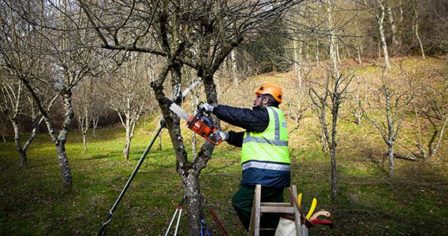
Pruning of your trees and shrubs during the growing season, in most cases, is a must. To keep the plant clean and shaped, cut back some of the new growth that comes out as it grows.
Once the plant goes dormant however, one would think that there is no need to prune anymore. That is not the case! When there are no longer any leaves on the trees and shrubs, you can easily see up into the plants. This inspection may reveal a very thick and densely branched tree or shrub. In most cases, this is not an ideal growth habit for the plant. Thinning to reduce that density of the branches will help the overall health of the tree or shrub.
Another benefit that dormant season pruning has for you is that the debris that you create from the pruning is substantially less because there are no leaves to worry about. In some cases, this translates to a lower cost to have a professional do the job. Less debris means less for them to haul away.
Winter Landscaping Tip #2 – Perennial Cut Back
Another type of plant that benefits from pruning are perennials. As freezing temperatures hit, most Spring, Summer and Fall blooming perennials begin to store their energy for the Winter down in their root system. The result is a brown plant on top. You could leave these ugly, brown remnants of the perennial in your landscape, but that isn’t very visually appealing. Also, having a lot of dead foliage in your garden provides great places for rodents to hide and feed on the root system of your plants. The best thing to do is to cut back the foliage remnants of your perennials. Your final result will be plants cut to a few inches about the ground level.
Winter Landscaping Tip #3 – Fertilization of Trees and Shrubs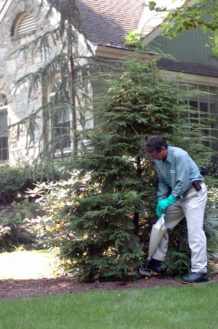
Giving your trees and shrubs the proper nutrition is vital to the success of their growth and structure. With a low amount of nutrition in the soil, many plants will struggle to stay healthy. Plants will lack the proper color foliage and have limited blooms. Additionally, having a stressed tree or shrubs increases the chance of disease or insect infestations. There are two main type of fertilization that can be done in the Fall that help the landscape. A liquid fertilization can be performed around the drip line of a tree or shrub and instantly puts the nutrients into the soil. A granular fertilization is also placed around the drip line of the tree or shrub and the product will slowly dissolve into the soil.
Either option is a good choice for the Fall. The vital nutrients that are in the fertilizers will remain in the soil until the Spring time. This means these nutrients are ready be there to be taken up once the plant emerges from Winter. Fertilization can be done in the Spring time for trees and shrubs too, but it can take some time in order for nutrients to be absorbed. So, having the greatest impact starting the Spring season off would be a Fall fertilization.
Winter Landscaping Tip #4 – Fall Planting
Once you have gone through your landscape pruning your trees and shrubs, cutting back your perennials, and fertilized the beds, you may begin to starting thinking about what next Spring could bring and what you could do now to fill in a few areas that just seem to be missing something. A good thing to do in the fall is planting of perennials, trees and shrubs.
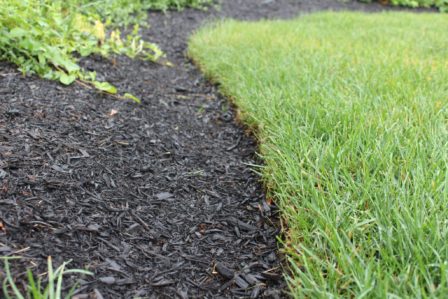 A large benefit of planting in the fall is the reduced amount of watering you will need to do. When you plant something in the spring or early summer, the foliage and root system are actively growing. This means a large amount of water to keep them going. When you plant in the Fall, perennials, trees and shrubs are just about dormant. Because the ground stays moist with more frequent rainfalls it takes the watering labor away from you.
A large benefit of planting in the fall is the reduced amount of watering you will need to do. When you plant something in the spring or early summer, the foliage and root system are actively growing. This means a large amount of water to keep them going. When you plant in the Fall, perennials, trees and shrubs are just about dormant. Because the ground stays moist with more frequent rainfalls it takes the watering labor away from you.
Also, when planting in the Fall make sure to provide your new and existing plants with a good layer of mulch to help insulate the soil. This practice helps reduce the chance of heaving from the alternating freezing and thawing of the ground.
Being outside in late Fall weather may not always be pleasant, but making sure your trees and shrubs are protected from the potential damages of the Winter are necessary. Making sure you tackle each of these steps above will help to ensure that your landscape is properly protected this Winter. If you’d like a free consultation about Winter landscaping, please Contact Us.
The post Prepare like a Pro – 4 Winter Landscaping Tips appeared first on Tomlinson Bomberger.
from Tomlinson Bomberger https://ift.tt/2Trk92L




 I chose to start by adding my painted branches to the middle of the planter. I would love to add more, but I know that may not happen, so it will look okay with just these in the centers. Next, add the branches of the evergreen that you have the most of and place those throughout. The beauty of making your winter containers now is that the soil is pliable and will let you add branches at different angles, so even with a minimal number of branches it can look full!
I chose to start by adding my painted branches to the middle of the planter. I would love to add more, but I know that may not happen, so it will look okay with just these in the centers. Next, add the branches of the evergreen that you have the most of and place those throughout. The beauty of making your winter containers now is that the soil is pliable and will let you add branches at different angles, so even with a minimal number of branches it can look full!

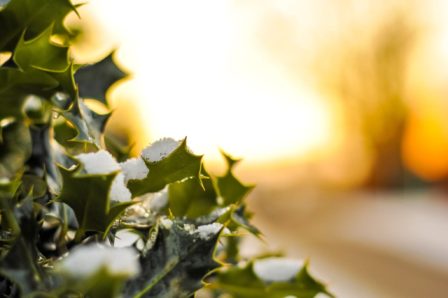
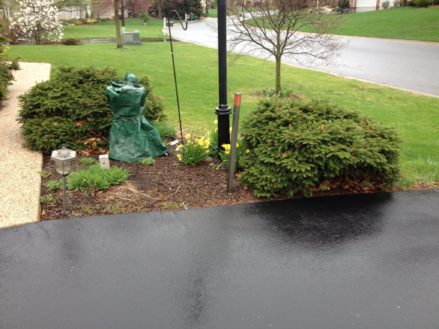



 You can’t seed once there’s been a frost
You can’t seed once there’s been a frost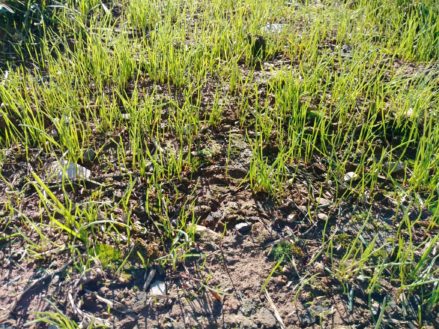
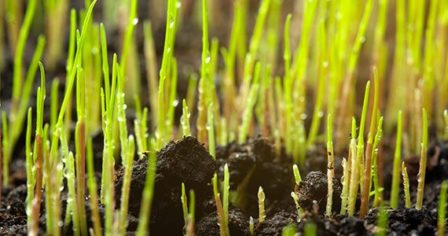 Myth: Because you seeded so late in the season, you are going to have to deal with crabgrass next Summer, or risk killing that seed.
Myth: Because you seeded so late in the season, you are going to have to deal with crabgrass next Summer, or risk killing that seed.